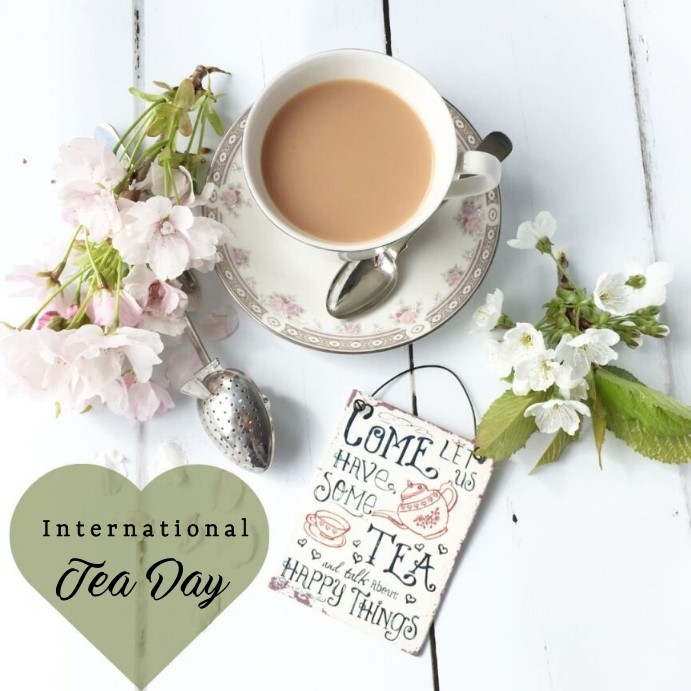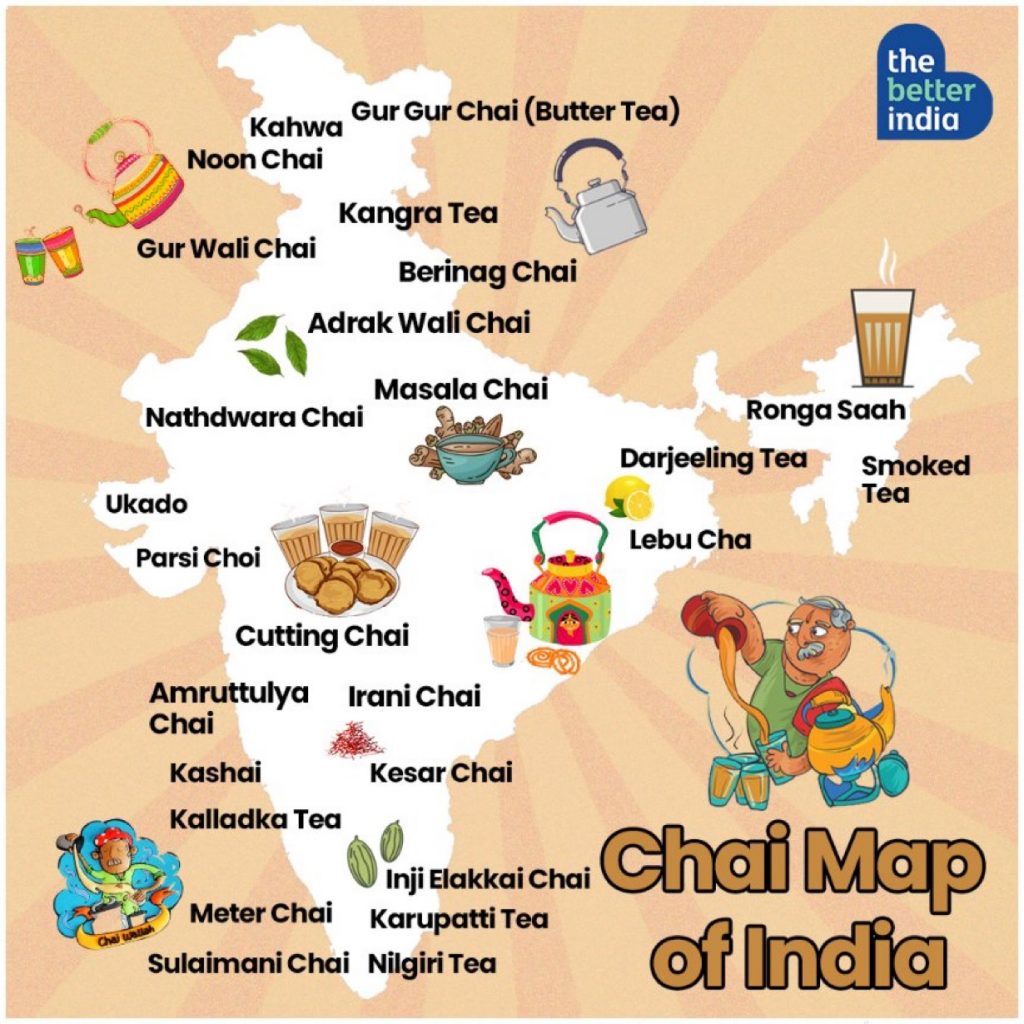Goa is abuzz with excitement as vintage bike and car owners, users, collectors and fans are decking […]

TANNINS, TRADITIONS, AND TASTE: The Tale of Tea and Health!By Dr Amit Dias
May 24- May 30, 2025, MIND & BODY, HEART & SOUL May 23, 2025Do you feel instantly refreshed after a cup of tea? You’re not alone. But did you know that beyond its comforting warmth and soothing aroma, your teacup is brimming with surprising health benefits?
Every year on May 21, the world comes together to celebrate International Tea Day – a tribute to one of the most beloved and widely consumed beverages on the planet. Recognized by the United Nations, this day not only honors the rich cultural and historical significance of tea but also highlights its economic importance and the wellness it brings to billions. It’s also a moment to recognize the efforts of millions of small-scale farmers and workers around the globe who make this simple pleasure possible.
How do we get Tea?
Tea is an aromatic beverage made by pouring hot or boiling water over the cured or fresh leaves of the Camellia sinensis plant. While the basic concept is simple, tea has evolved into countless varieties and traditions across the globe. From green tea in China to chai in India, tea is more than just a drink – it is a ritual, a social connector, and a moment of calm in a busy world.
A sip of History:
Although India is now one of the world’s largest producers and consumers of tea, the plant is not native to the country’s tea gardens. Tea was first discovered in China around 2737 BC. However, the British are credited with introducing tea cultivation on a commercial scale in India during the 19th century, particularly in Assam and Darjeeling, to break China’s monopoly on the beverage.
Interestingly, native tea plants did exist in the wild in Assam, and the British capitalized on this by developing large plantations. Over time, tea drinking spread to Indian households, where it was blended with milk and spices – giving birth to the much-loved masala chai.
A sip of health:
Tea is not only refreshing but also offers several health benefits:
Rich in antioxidants: Particularly in green and white teas, these compounds help reduce oxidative stress and inflammation.
Boosts metabolism: Green tea is often linked to improved metabolism and fat burning.
Supports heart health: Regular consumption of black or green tea may reduce the risk of cardiovascular disease.
Enhances mental alertness: Thanks to its caffeine and amino acid (L-theanine) content, tea can improve focus and alertness without the jittery effects of coffee.
Aids digestion: Herbal teas like peppermint or ginger tea help soothe the stomach.
A sip of warning
Despite its many advantages, tea does come with some words of caution.
Tannins and Iron Absorption: Tea contains tannins, compounds that can inhibit the absorption of non-heme iron (the kind found in plant-based foods). People with iron-deficiency anemia should avoid drinking tea with meals.
Caffeine Content: Excessive tea consumption can lead to sleep disturbances, anxiety, and dependence in sensitive individuals.
Tooth Staining: Regular tea drinking can stain teeth if proper dental hygiene is not maintained.
UNI-Tea culture across regions: Tea unifies us across regions though there are some interesting variations, reflecting local customs and climates:
Masala Chai (India): A spiced blend of black tea, milk, sugar, and aromatic spices like cardamom, cinnamon, and ginger
Kahwa (Kashmir): A traditional green tea infused with saffron, almonds, cinnamon, and cardamom, sometimes sweetened with honey. Let’s hope the situation in Kashmir settles soon.
Butter Tea (Ladakh and Tibet): Known as Po cha, this tea is made from fermented black tea leaves, mixed with yak butter and salt – a source of warmth and energy in high altitudes.
Noon Chai (Kashmir): A salty pink tea brewed with green tea leaves, milk, baking soda, and salt – enjoyed with traditional bread.
Globally, countries like China, Japan, the UK, and Morocco have their own distinct tea customs, from matcha ceremonies to afternoon teas.

Time for Tea:
Timing is key to enjoying tea’s benefits without drawbacks:
Morning: A good time for black or green tea to kick-start the day with gentle caffeine stimulation.
Mid-morning or afternoon: Ideal to prevent interference with iron absorption from meals.
Evening: Opt for caffeine-free herbal teas like chamomile or peppermint to unwind without affecting sleep.
It’s best to avoid drinking strong tea immediately before or after meals, especially for those prone to iron deficiency.
Conclusion
On International Tea Day, let us raise a cup not just to the beverage but to the rich culture, global diversity, and livelihoods it sustains. From the misty hills of Darjeeling to the chilly valleys of Kashmir, tea flows through the veins of tradition, health, and hospitality. While we relish our favorite blend, it’s also important to be mindful of when and how we consume it to maximize its benefits. Whether you like it sweet, spiced, or salted – tea is truly a drink that connects the world, one cup at a time.















